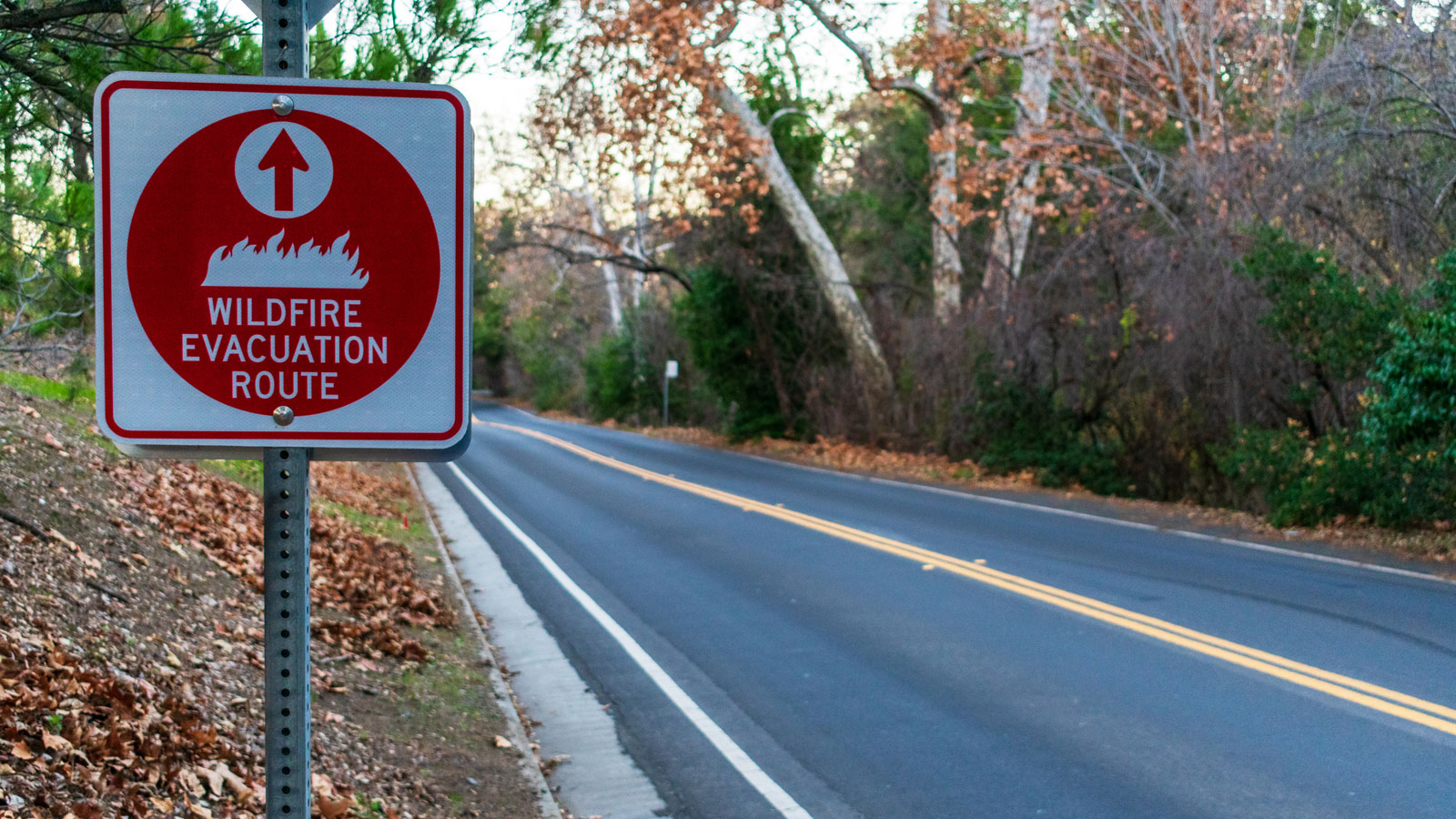There’s no question that weather and climate disasters will continue to displace more and more people. In 2021 alone, according to NOAA, 20 billion-dollar disasters of this kind occurred in the U.S., costing $148 billion.
When their homes are destroyed by fire, water, or wind, people have to move – temporarily or for good, nearby or far away.
Here are some stories that flesh out the current and possible future outlook, focused on movements within the U.S. (An upcoming installment in this regular series will focus on stories about global climate displacement.)
First, here is a vivid, well-written “sit up and take notice” story – one whose predictive drama derives in good part from its unquestioning use* of scientists’ worst-case scenario projections, rather than more likely future paths.
- “Climate change will force a new American migration” (Abrahm Lustgarten, Sept 2020; Part 2 of a NYT/ProPublica series).
- When you look at the maps linked to this story, note that they offer a choice of mid and high greenhouse gas concentration scenarios, and keep in mind that the (default) “high” here is not a “business as usual” but actually a very unlikely worst-case scenario, one that assumes a huge increase in coal burning this century and no action by virtually anybody.
- On that worst-case scenario, see this important explainer: “The high-emissions ‘RCP8.5’ global warming scenario” (Zeke Hausfather, Carbon Brief, August 2019). And keep this explanation in mind when you see the NYT/ProPublica series referenced elsewhere.
When Americans flee actual or anticipated climate disasters, some choose to move long distances, for instance from the west coast to the east coast: “As climate fears mount, some in U.S. are deciding to relocate” (Jon Hurdle, Yale E360, March 2022).
But more people stay close by, near friends and family, where they have spent much of their lives and near places they have loved: “Louisiana’s population is already moving to escape climate catastrophe”(Tim McDonnell, Quartz, September 2020). This piece is part of a Quartz series about planning for climate migration, “Green Haven.”
Once in a while, and probably more often in the future, these nearby moves are part of “managed retreat.” Here are two good overviews of this kind of move, each offering more than one example:
The federal government is still sorting out details of the important role it can play in such events, one still involving unresolved issues on how best to proceed:
Large-scale population shifts have many ramifications, including sometimes changing the nature of local politics: “How ‘climate migrants’ are roiling American politics,” Ben Lefebvre, Nov 2021, Politico.
*For instance, citing sociologist Mathew Hauer, who has studied climate-induced migration, Lustgarten writes: “In all, Hauer projects that 13 million Americans will be forced to move away from submerged coastlines.” But in an interview in the literary journal Brink, when asked about this matter, Hauer says, “So in my estimation, it’s about 13 million on the higher end, and on the lower end, it’s probably somewhere between one-and-a-half and three million.”
This series is curated and written by retired Colorado State University English professor and close climate change watcher SueEllen Campbell of Colorado. To flag works you think warrant attention, send an e-mail to her any time. Let us hear from you.


